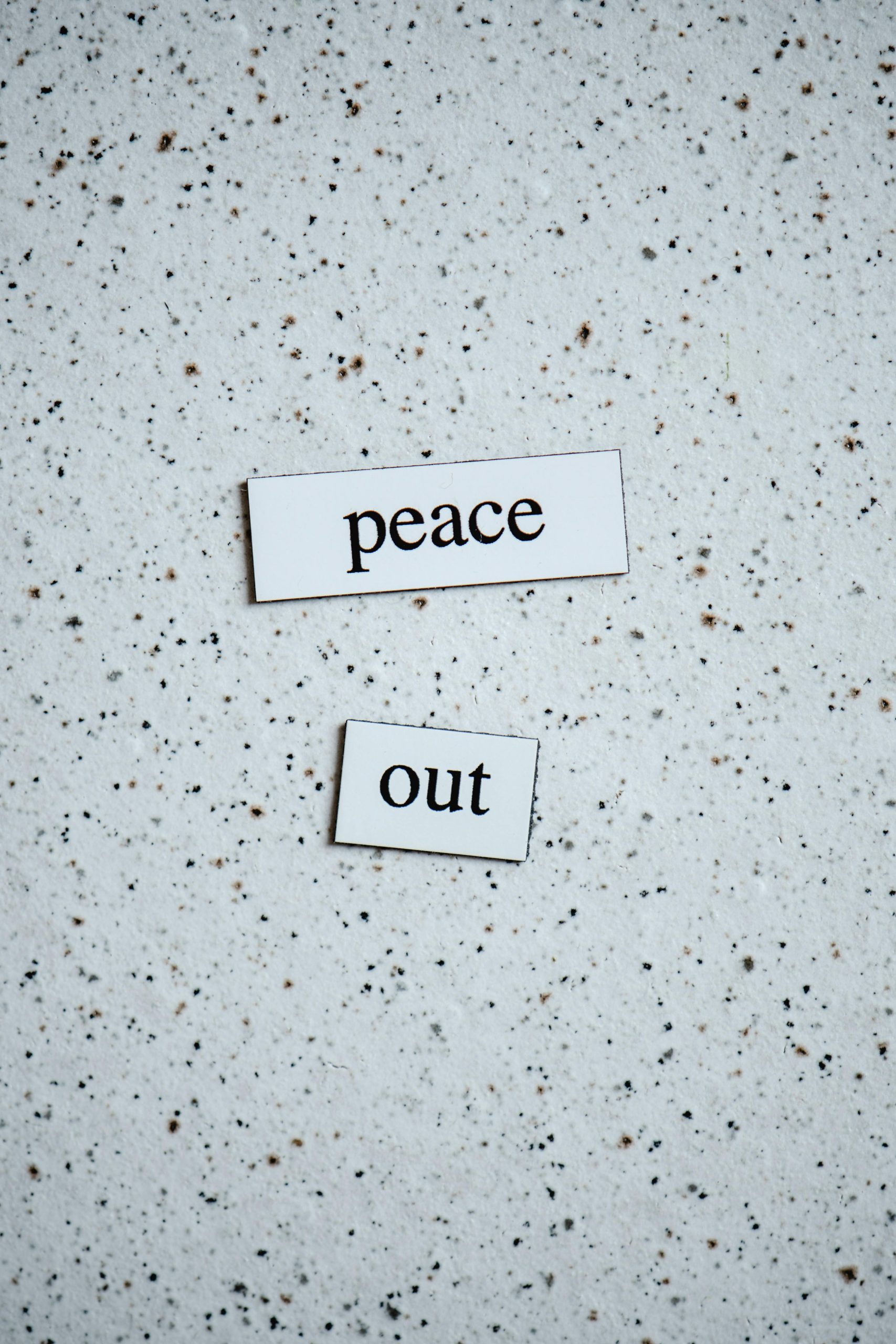Are You Using ChatGPT’s Canvas Feature? I Find It Slightly Frustrating
Is ChatGPT’s Canvas Feature Worth the Hype? A User Perspective
As many users explore the various features offered by ChatGPT, one tool that often sparks debate is the Canvas. While it promises enhanced interaction and visual organization, some find it more of a hurdle than a help.
In my experience, using Canvas can sometimes be more frustrating than beneficial. When engaging with ChatGPT via chat, I expect seamless communication. The added step of setting up and managing a Canvas feels like an unnecessary layer that complicates the process. Once a Canvas is active, the model tends to hold onto that context, making it difficult to reset or ‘forget’ prior inputs. If I need to revise my query or adjust the conversation, the previous Canvas-specific data continues to influence the model’s responses, leading to potential confusion or unintended bias in replies.
This persistent context can be a barrier to flexible, dynamic interactions. If the goal is to refine or change direction mid-conversation, the inability for the model to reset or clear the Canvas context feels limiting. It essentially acts as a static canvas that cannot be easily erased or modified, which impacts the natural flow of interaction.
Overall, while Canvas might be useful in certain workflows, for many users—including myself—it may introduce unnecessary complexity. When communicating directly in chat, simplicity and agility often serve better. As AI tools continue to evolve, it will be interesting to see if future updates improve the flexibility and user control over features like Canvas.
Have you had similar experiences? Share your thoughts and how you navigate these features to optimize your ChatGPT interactions.














Post Comment